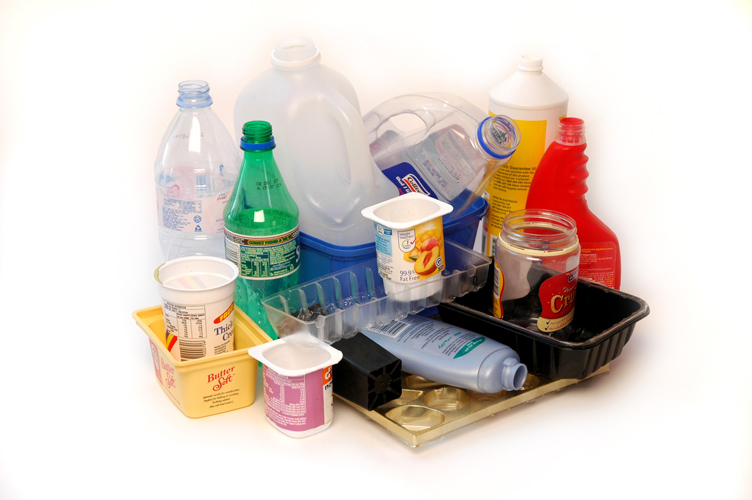
It seems that everything comes in a plastic container that typically ends up in a landfill. Butter bowls, milk jugs, take-out containers, juice bottles; the list goes on.
Most municipalities have less-than-effective recycling programs, so is there a way to repurpose these containers? There certainly is. In fact, there are several ways. The secret, though, is to know how to clean them properly if you’re going to use them for food storage.
Stockpiling containers is a good idea in case SHTF because there are many different reasons that you’ll need them, especially if the disaster is long-term. How you should clean each container for safe re-use depends largely upon what the container is made of and what you’re going to use it for. Today, we’re going to discuss how to safely clean containers for stockpiling.
First, don’t buy any sort of plastic that has BPA in it. BPA, or bisphenol A, is an industrial chemical used in the production of plastics. This chemical has been known to leech out of the plastic and into the food or drink inside the container, especially when the container gets warm.
Even leaving your water bottle in the car can cause the plastic to heat enough to release the chemical, as can microwaving. Diseases such as cancer have been linked to BPA and it’s banned in many countries already.
Companies that produce plastic containers for the US have already started to address this issue because public awareness about the dangers of BPA has driven buyers to look for BPA-free plastics even if they have to pay more.
You can tell if a container has BPA in it by looking at the recycle symbol on it. If it has a seven inside the triangle, it likely contains BPA. Don’t buy it and if you do, don’t re-use it.
Lightweight Plastics
When I say “lightweight”, I mean plastic containers such as milk jugs, butter bowls and to-go containers. These plastics can’t really withstand much heat and bleach or other harsh chemicals can damage the plastic.
The best way to clean these items is to wash them in hot, soapy water. If you’re going to use the milk jugs to store water, drop a half capful of bleach into the jug after you’ve cleaned it with hot soapy water and refilled it halfway with warm water. Shake the jug thoroughly, then dump the bleach water out, turn the jug upside down and let it air-dry. (continue reading)

